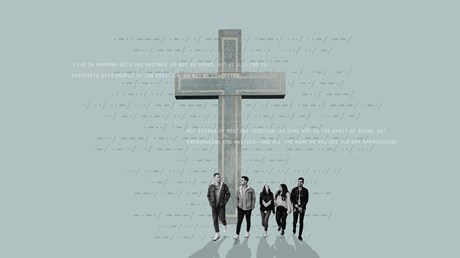John Stackhouse offers a checklist for sincere spiritual searchers.

The more you interact with people outside the Christian faith, the likelier you are to encounter the intriguing question scholar and writer John G. Stackhouse Jr. raises in his latest book, Can I Believe?: An Invitation to the Hesitant. After all, Christianity unabashedly proclaims some odd, even bizarre-sounding ideas: a talking serpent, a death-dealing piece of fruit, a city’s walls collapsing at the sound of a trumpet, and the sun standing still in the sky, not to mention a young carpenter who turns water into wine, walks on water, and eventually rises from the dead.
Then there are Christianity’s ethical demands, some of which seem unrealistic at best, like the call to turn the other cheek and love our enemies. Does anyone really live up to these standards? Throw in elements of the church’s checkered history—its role, for instance, in the Crusades and the Inquisition, or its occasional ambivalence about scientific discovery—and there seems to be ample reason not merely to reject Christianity but to find it utterly appalling.
And yet, some two billion people across all lines of culture, class, ethnicity, time, and place have come to embrace this strange, self-denying, and often-controversial faith. Most of them are sensible and decent, and quite a few—Ivy League professors, Oxbridge dons, Nobel and Pulitzer Prize winners—are incredibly intelligent, sophisticated thinkers. How has this happened?
In his book, Stackhouse invites outsiders to consider whether Christian faith is more reasonable and compelling than they might suppose. After defining religion as a set of beliefs, values, and practices, he sets out some basic issues that anyone would want to consider in sorting through the ...
from Christianity Today Magazine
via

.gif)

.gif)

.gif)
.gif)
